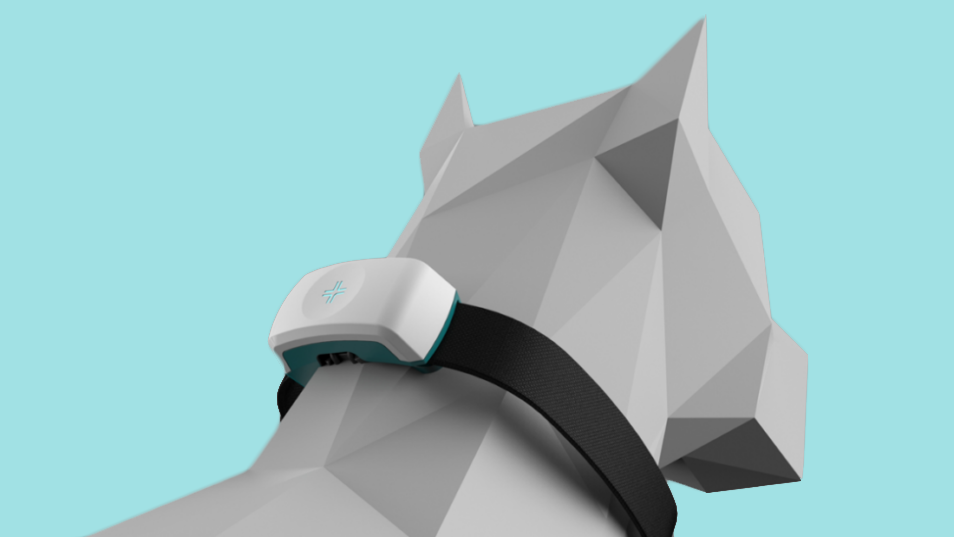
Smart collars? Smart thinking. This is a prototype design of the device and accompanying collar.
As any pet owner knows, our four-legged friends have a knack for getting into tricky situations.
Whether it’s taking themselves for an impromptu walk or wriggling under the house, an extra pair of eyes and ears are always welcome.
While a full-time pet sitter is an unlikely option, data and technology science is providing the next best thing.
Smart collars combine the best of both worlds
After releasing ‘a fit bit for cows’ in 2018, Ceres Tag in collaboration with Data61 has been developing a prototype tracker for cats and dogs.
The Companion Collar will be able to track an animal’s movements in real-time. Sending updates to the owner’s phone whenever their pet wanders outside of a virtual boundary.
Unlike similar products on the market, the Companion Collar uses Bluetooth and satellite communications. These help to ensure the pet’s location is always available, whether at home or off on an adventure.
Data61 Senior Research Engineer, Dr Phil Valencia, has over a decade of experience developing low-power wireless network technologies for animal monitoring.
“The Companion Collar is a hybrid of two very different communication technologies, utilising the benefits of both,” explains Dr Valencia.
“Many devices just use Bluetooth or WiFi, and often involve a community of people to be ‘listening’ on their phones or shared WiFi, and then sharing their location data with a service in order to report the heard tracking device.”
“The other approach is a cellular-based tracker with a corresponding plan. These devices are often expensive, require cellular coverage and use a large amount of power, making them susceptible to weekly, if not even more frequent, charging.”
The paw-fect solution
The Companion Collar requires monthly charging, but is dependent on the amount of wandering your four-legged friend does. Homebodies who remain within the virtual boundary will trigger the device’s automatic power-saving mode that only uses Bluetooth. But little adventurers who leave their boundary will switch it to GPS location and direct satellite reporting.
Activity plays a crucial role in determining the health and wellbeing of an animal. Using learnings applied to the smart ear tag for cattle, Data61 researchers are developing a library of machine learning classifiers that identify, monitor and analyse pet behaviour.
“With our cattle devices, we’re able to classify a variety of animal behaviours. Such as drinking, resting, ruminating, standing, grazing and sleeping.”
“We’re bringing a similar approach to the Companion Collar. With a focus towards typical pet behaviours, such as scratching, eating, barking, running and sleeping.”
For the full version of this article head on over to our Algorithm blog.


28th December 2020 at 11:23 am
What will they cost?